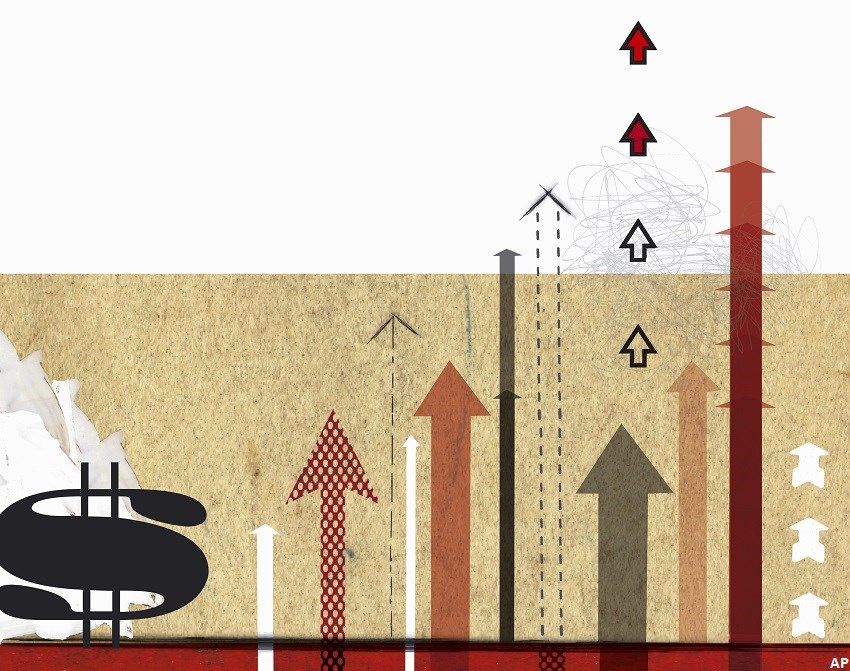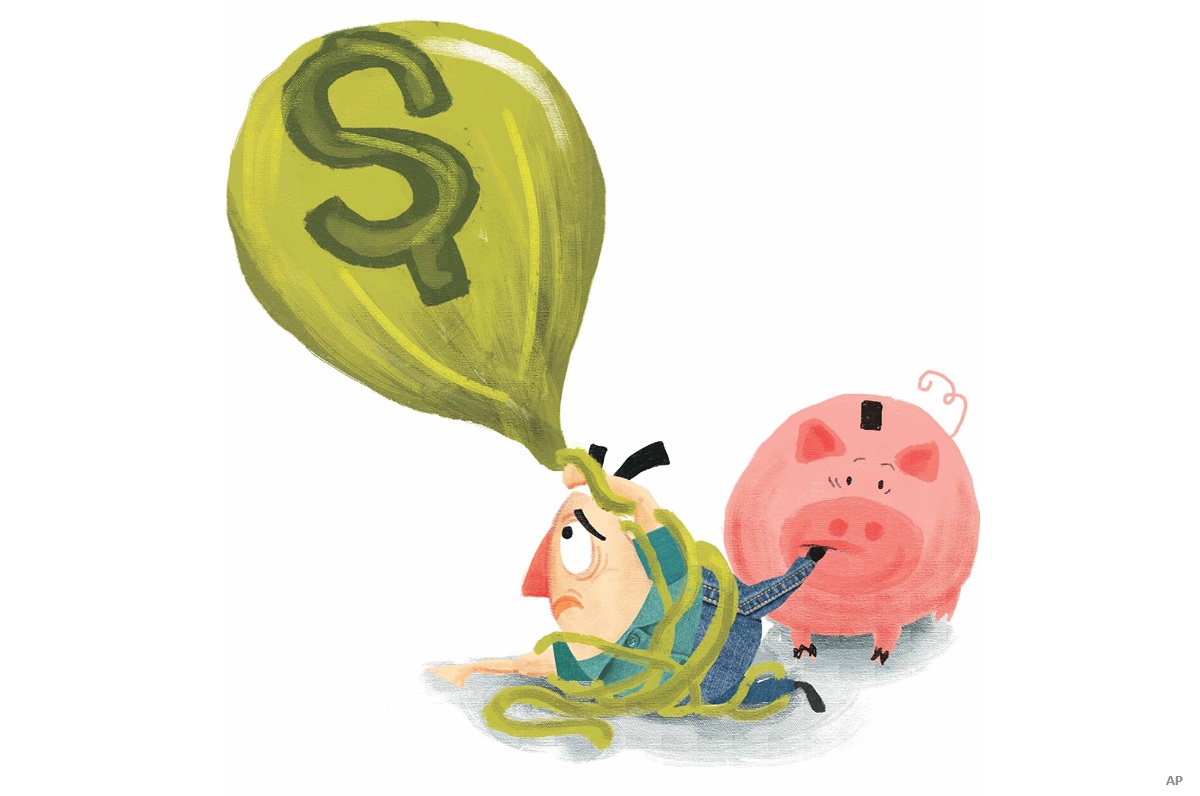
As financial worries escalate with high inflation, rising interest rates, and market downturns, many investors, especially retirees, are betting on balanced funds to protect capital and reduce volatility.
Damian Fernandes, managing director at TD Asset Management Inc. in Toronto, and lead manager of the five-star silver-medallist TD US Monthly Income F mandate navigates these challenges through a fundamental, quantitative approach.
Is the Market Missing Cash Flows?
“Our secret sauce,” says Fernandes, “is how we differ from the market’s estimate of a company’s free cash-flow generation for opportunities. I think about what the cash flow these businesses are going to generate today and in the future, and do we believe the marketplace is underestimating that cash-flow generation.”
Fernandes says the investment process is like playing in a sandbox. In every single sector, companies are sought that have a history of high returns on investment capital, high earnings delivery, free cash flow delivery, and other high-quality characteristics. “And from that quantitative lens,” says Fernandes, “we’ve built our sandbox that we want to play in and apply a bottom-up, fundamental view.”
Balancing the Blend
Currently, the mandate of approximately 45 names, is weighted 60% in equities, 37% fixed income and about 3% in cash. All of the equities are US-listed stocks and all are dividend-paying, dividend growing equities.
When it comes to dividends, the emphasis is more on dividend growth than chasing dividend yield, and that speaks to the philosophy of free cash-flow growth, says Fernandes. Historically, over the last five years, including the pandemic, the fund has generally had at least 90%-plus of the companies owned pay and raise their dividends.
The fixed-income sleeve is invested in all U.S. bonds and among the 37% weighting, about 11% is invested in high yield investments and the remainder in investment-grade corporate and U.S. government bonds.
In addition, the mandate, as all of the funds offered, fall under the ESG umbrella. So when assessing the senior management of a company, for example, the team looks for proven skills in generating free cash flow and returns on investment, among other ESG standards.
The broad research team includes three portfolio managers and a dozen specialized analysts and data scientists who research industries and sectors. Stocks are assessed for competitive pressures, revenue pressures, technology challenges, and other potential risks to the business.
Risk Management Methods
Part of the risk management is by diversifying across industries and stocks to span economic themes. As well, a multi-tiered risk-management team reviews the performance of the mandate for long-term risk assessment.
Fernandes believes that true insights can be gained from envisioning how the world is going to look two or three years from now. When assessing a stock, they think about how the marketplace is shifting, underestimating, and the investment potential. Unless there’s a fundamental change in the stock holding, the strategy is to buy and hold, illustrated by the historic portfolio turnover of around 26%.
Favoured Cash-Flow Generators
Among the top 10 stocks, Apple Inc. (AAPL), is an example of the strategy. “Most people think of Apple as a tech company,” says Fernandes, “but I think of Apple as similar to an annuity product. iPhone users can replace the iPhone for 10% higher every three years and there’s no evidence that Apple is losing its ecosystem of diehard users.” In addition, Apple can generate revenue from gaming and products from the Apple store without incurring the capital costs of manufacturing the products. “The [Apple] ecosystem, the user base, replacing it every three years, that’s the gem, that’s what’s driving the cash flow.”
For other opportunities, the mandate has more than the average weight in stocks that are either semi-conductor companies that are chip manufacturers or make the machines that go into making chips. Fernandes believes that people are concerned about a near-term oversupply of chips, but the data indicates otherwise. “I think from the research,” says Fernandes, “that collectively, there’s the human condition of consuming more data than ever before.” As well, he says the chip industry is consolidated, so there are fewer players with more pricing power and more secular demand. “If the industry is going to grow 10% over the next five years, let’s get that right, then the stocks will take care of themselves.”
From the bottom-up approach, the fund is currently weighted with approximately 26% in technology, 16% in financials, and 11% in industrials. Fernandes reiterates that because of the focus on cash flow growth and dividend consistency in growth, many companies in those three sectors generated some of the highest free cash flows.
In positioning the mandate, “I think having a balanced fund,” says Fernandes, “with income-producing assets in both fixed income and equity, provides a very good foundation for a rising-rate environment. It might not be the sexiest in the market right now, but I think over the long haul, the tactical asset allocation that grows a consistent income stream, tied to high-quality names, is an ideal place to be.”






















